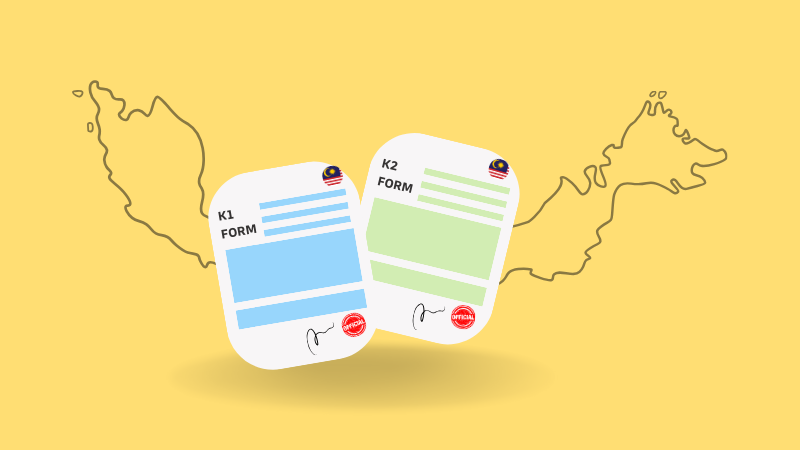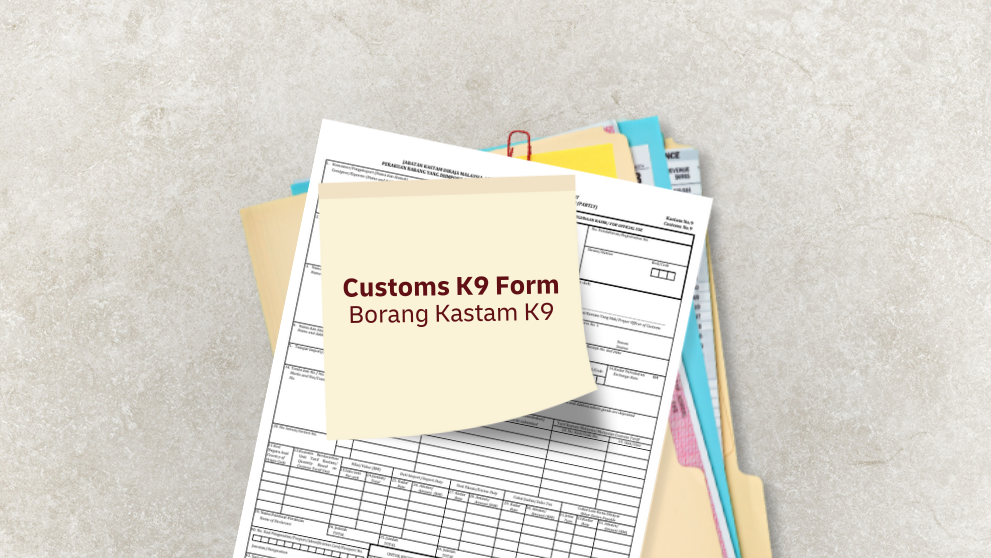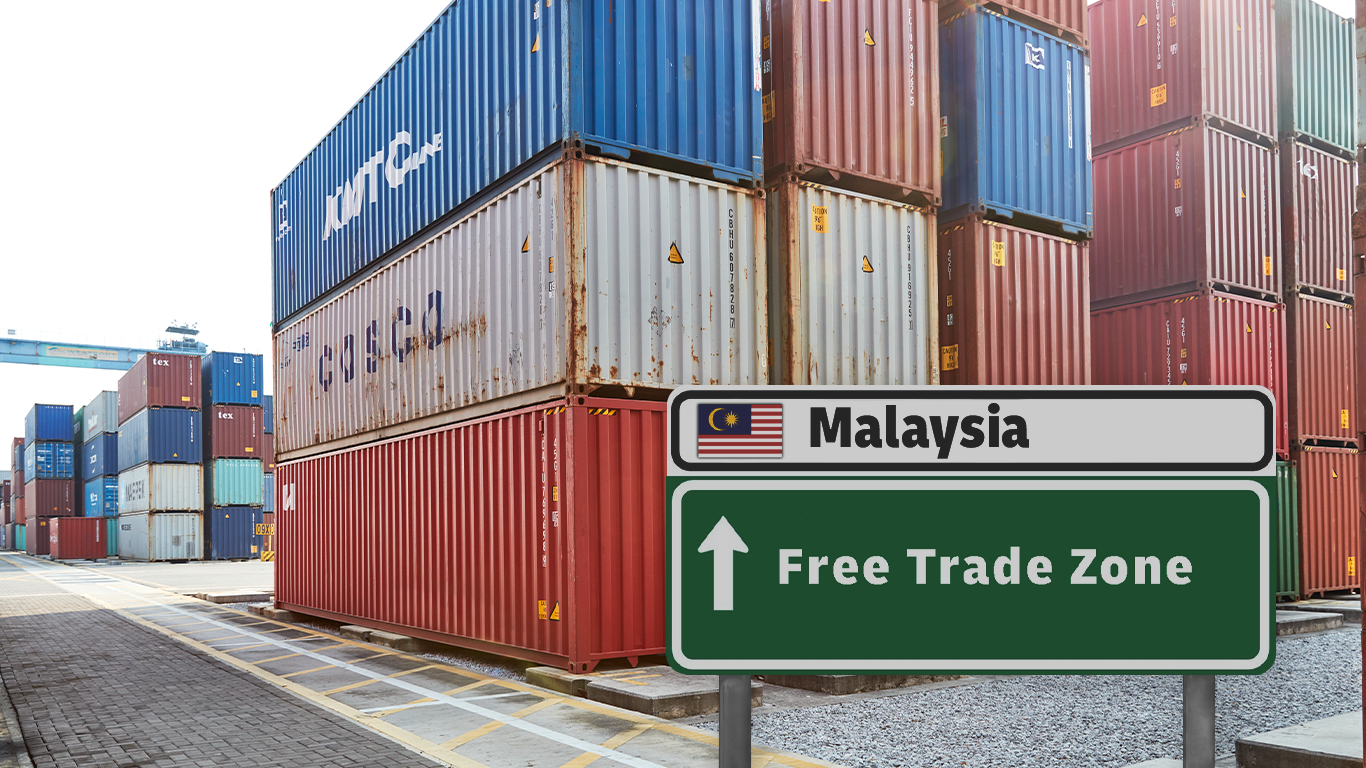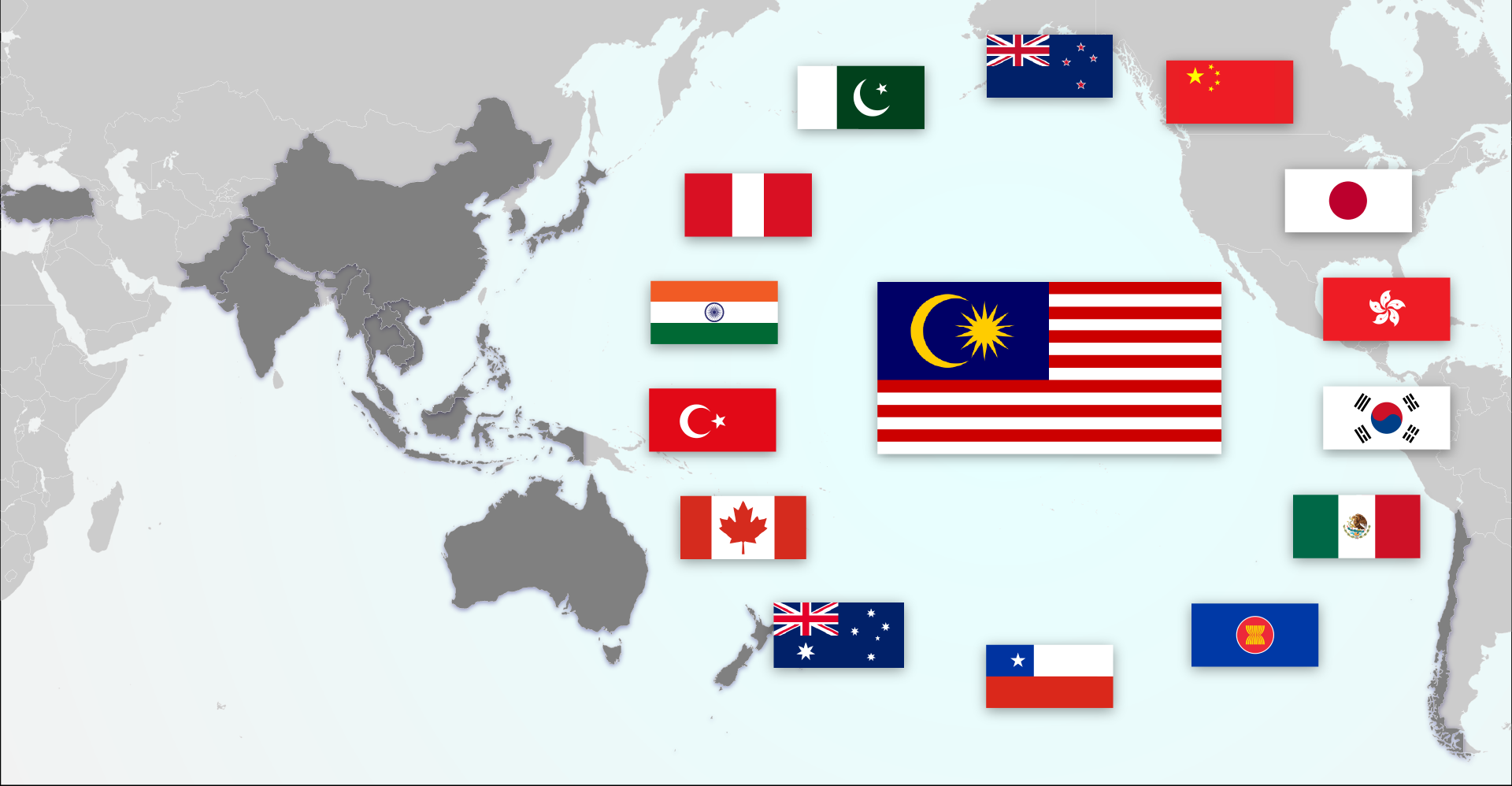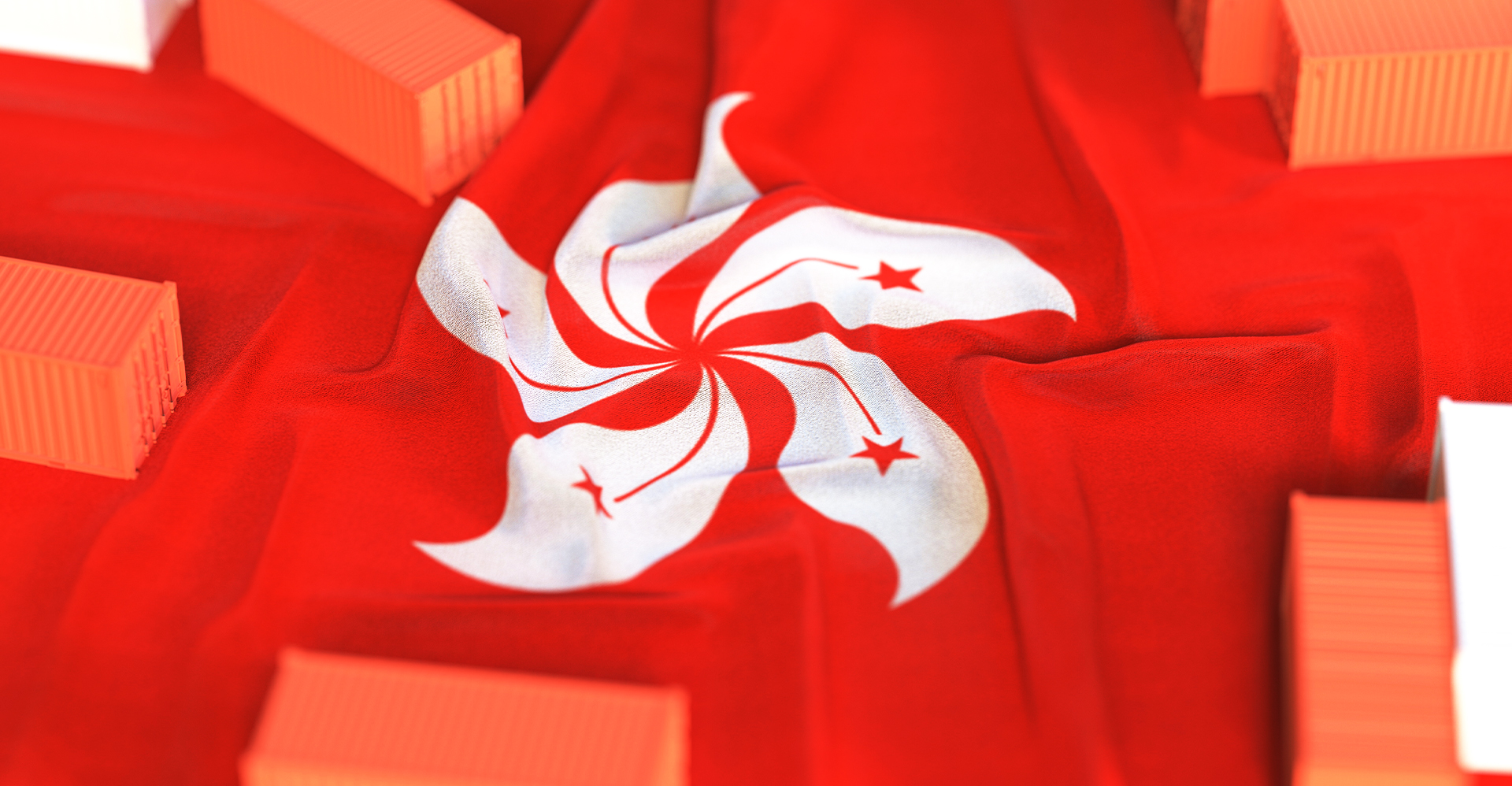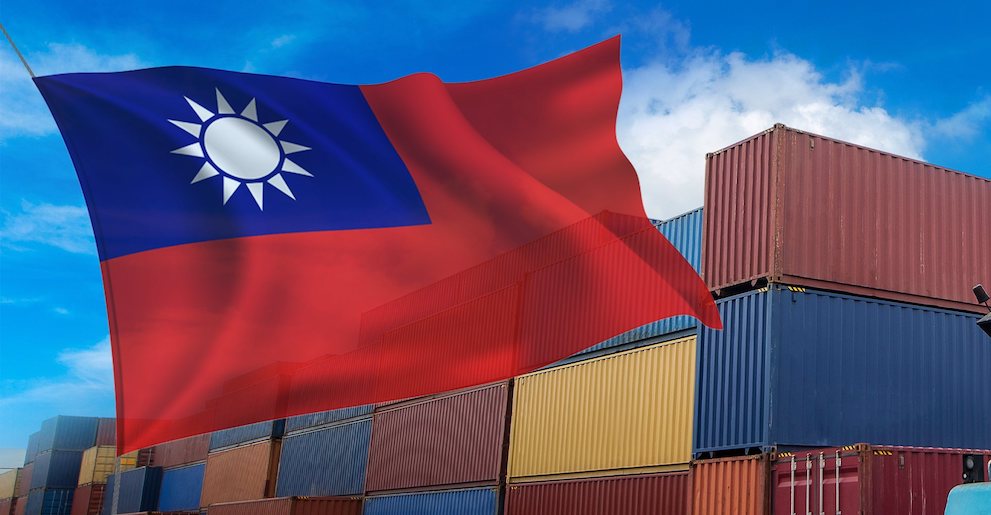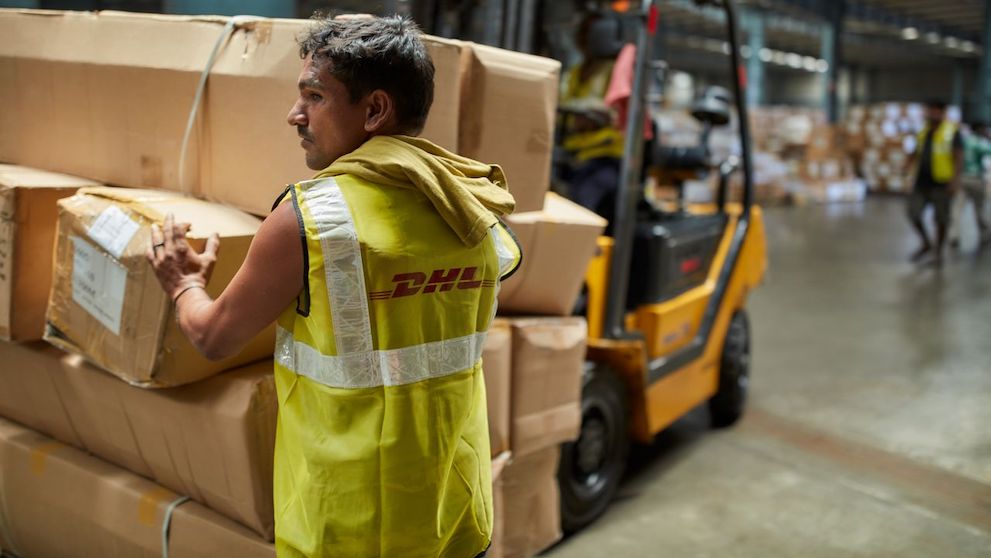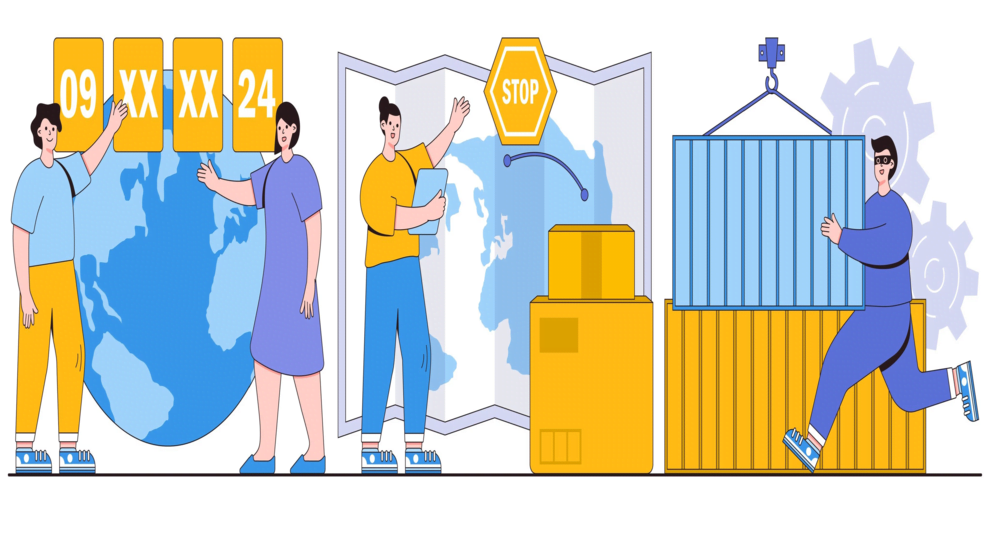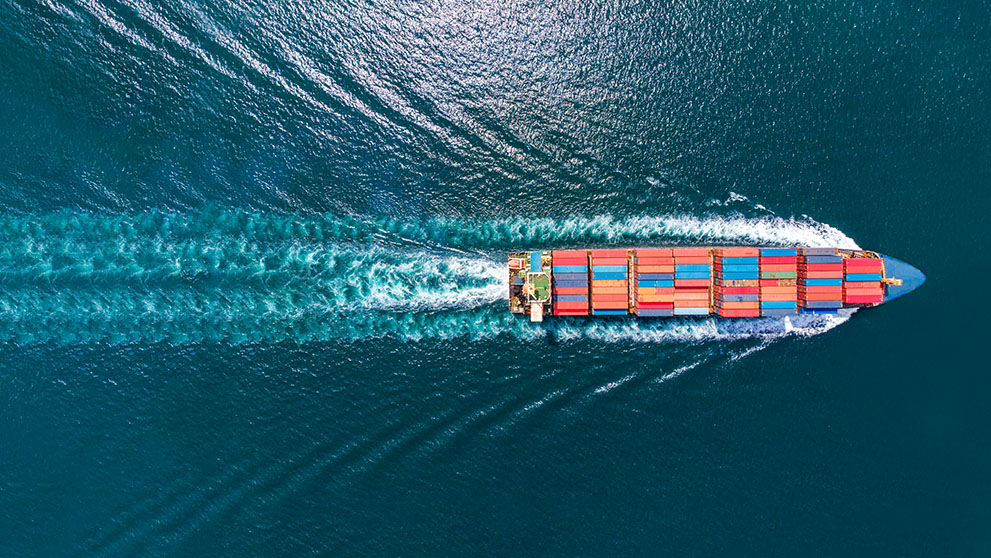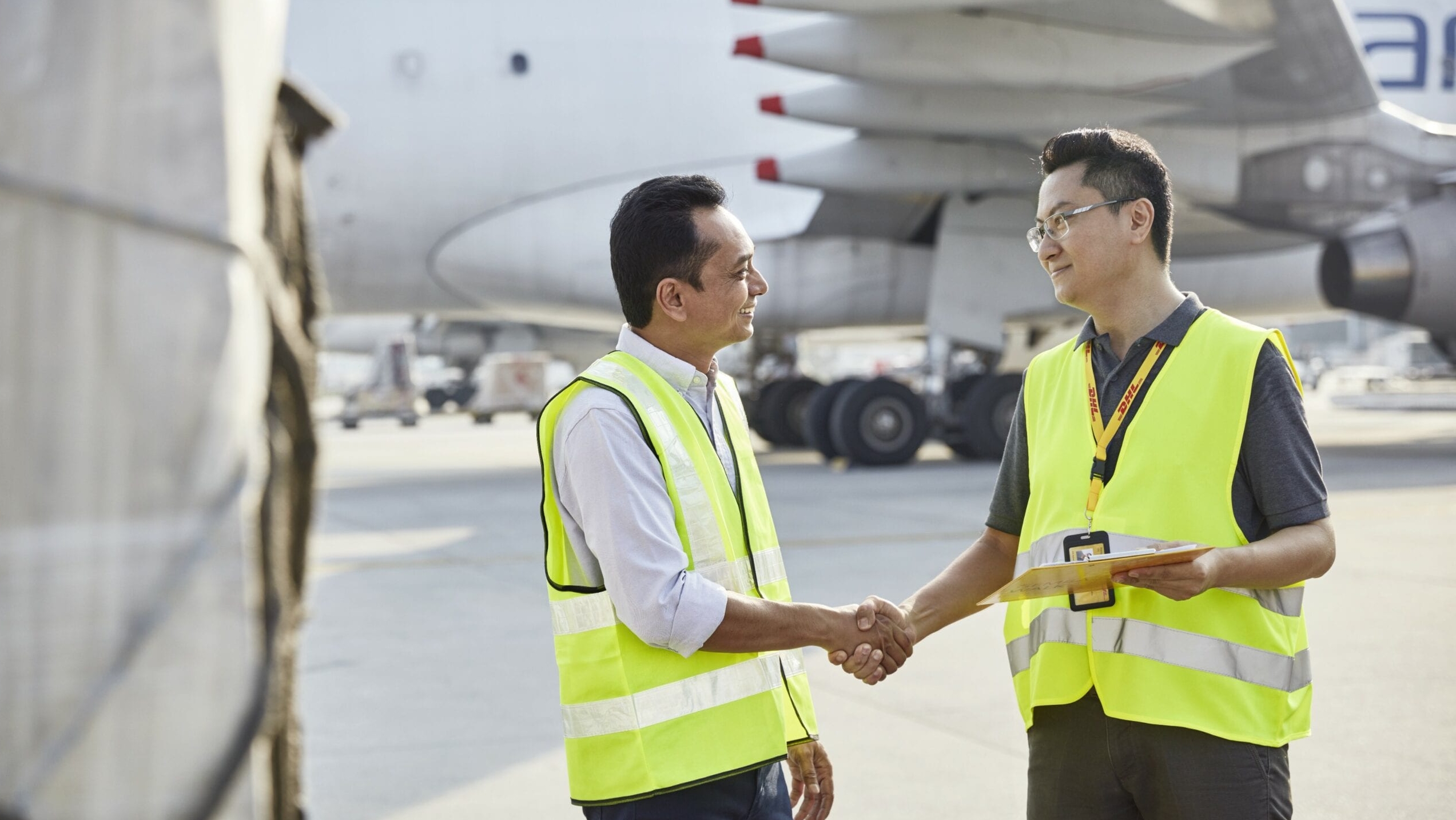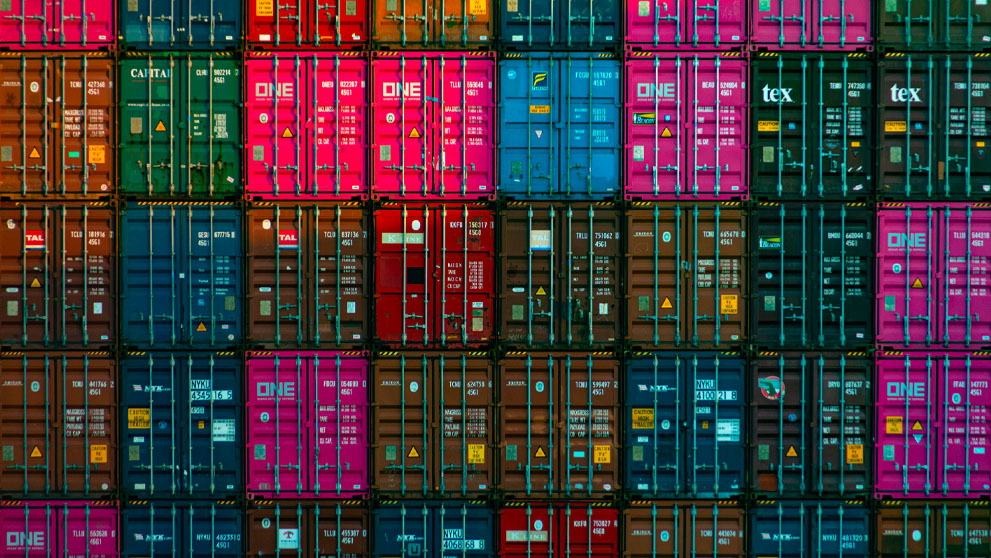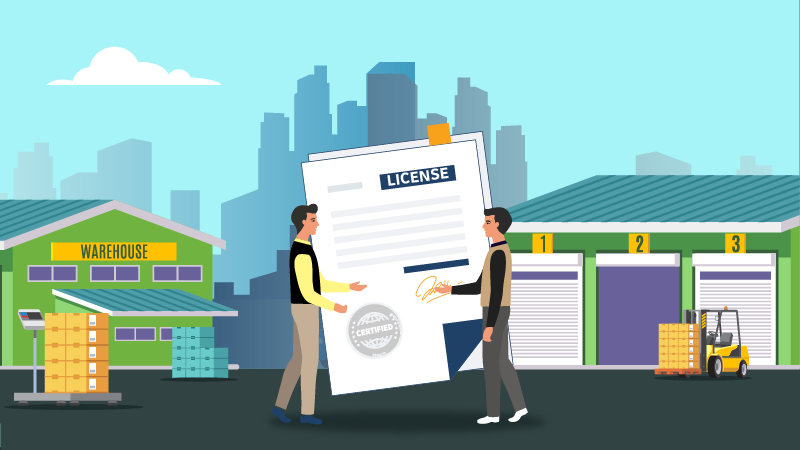The K1 and K2 Forms, also known as Borang Kastam K1 and Borang Kastam K2, are specific shipping documents used in Malaysia to declare goods imported into and exported from Malaysia. This form is required by the Royal Malaysian Customs Department (RMCD) for the accurate calculation of duties and to verify adherence to import and export regulations.
Malaysia has several customs declaration forms, including K3, K8, and K9. Each of these forms has its own unique purpose in the customs process, ensuring that goods are declared and cleared according to the regulations.
In this article, we will explain everything you need to know about the K1 and K2 forms when it comes to international shipping in Malaysia.
What is K1 Form
The K1 form is a mandatory customs declaration document required by the Malaysian customs authority, RMCD for all import of goods.
This is how a K1 form look like:
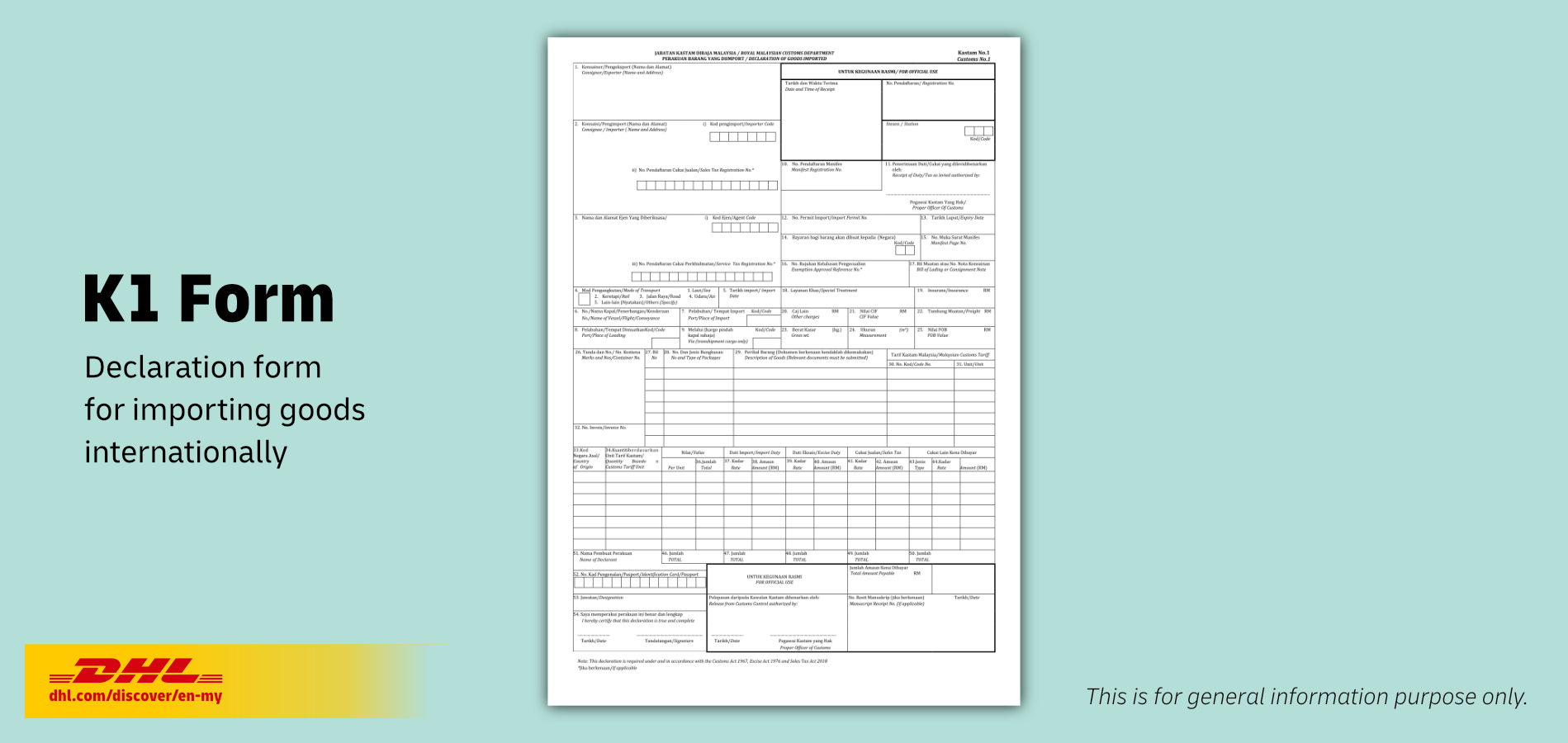
What types of shipments required a K1 form
There are two types of shipments that need a K1 form.
- Imports from overseas: Goods shipped directly from other countries into Malaysia, including those arriving at Free Trade Zones (FTZ) or Licensed Manufacturing Warehouses (LMW).
- Transfers from Free Trade Zones (FTZ) and Duty-Free Islands: Goods from FTZs and Duty-Free Islands, which are Labuan, Langkawi, Tioman, and Pangkor, are treated as imports because these areas are considered outside the regular customs territory of Malaysia, which is known as the Principal Customs Areas (PCA).
For a clearer understanding, here are some examples of transfers:
- Goods moving from an FTZ to a Licensed Manufacturing Warehouse (LMW).
- Goods moving from an FTZ to the Principal Customs Area (PCA)
- Goods transported from duty-free islands (Labuan, Langkawi, Tioman, Pangkor) to PCA.
When is the K1 Form required
Importers or their agents must submit the K1 declaration form to the customs officer at the location where the goods are being imported.
| Types of Goods | Timeframe | Additional Notes |
| Dutiable Goods |
| Customs officials can require the declaration to be submitted within 3 days if they issue a notice. |
| Non-Dutiable Goods transported by sea and air | Within 10 days of arrival. | No delivery is allowed until customs approval is granted. |
| Non-Dutiable Goods transported by rail and road | Upon arrival. | No delivery is allowed until customs approval is granted. |
What is K2 Form
The K2 form is a mandatory customs declaration document required by the Malaysian customs authority, RMCD for the export of goods to ensure adherence to trade agreements, limitations, and demands set forth by the destination country.
This is how a K2 form look like:
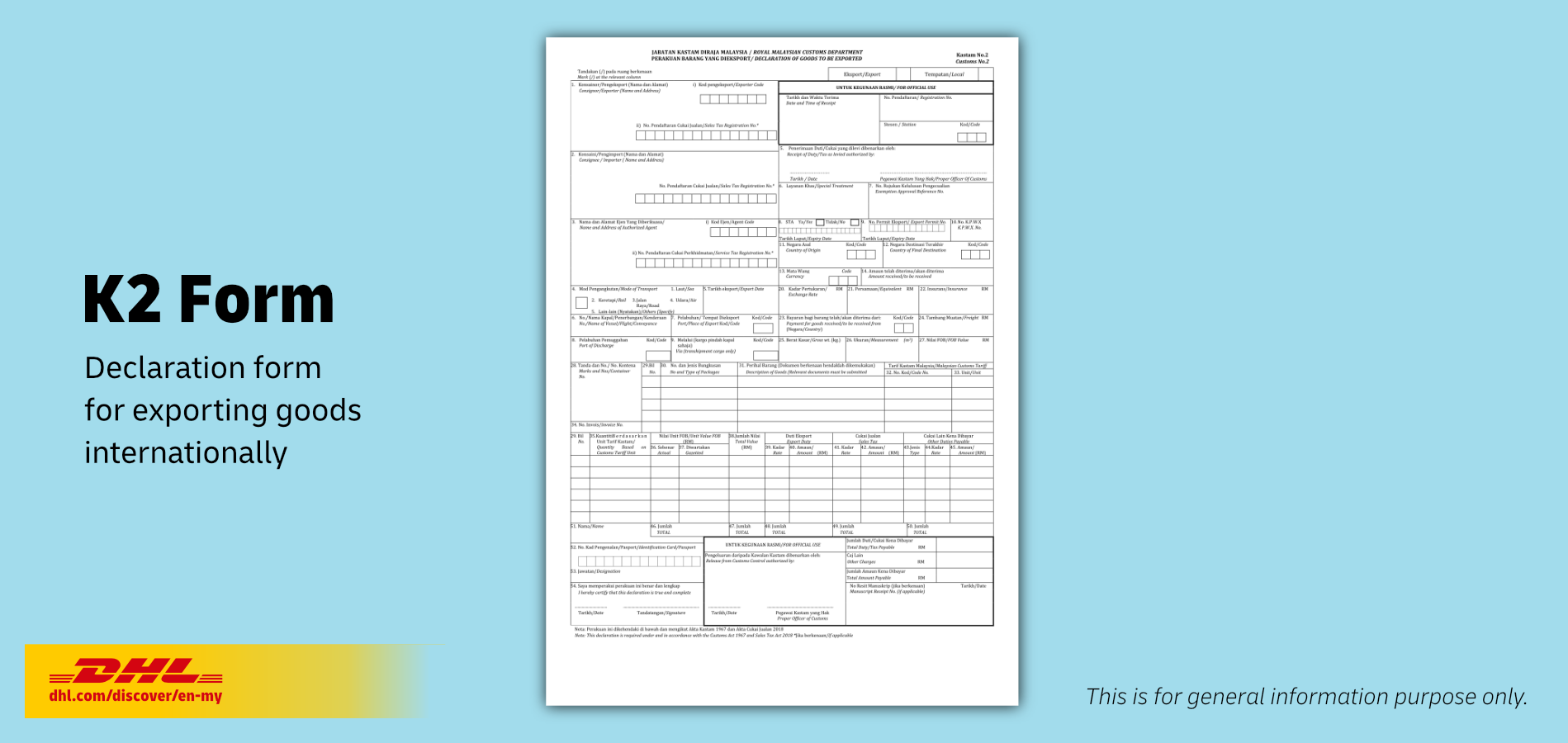
What types of shipments required a K2 form
There are three types of shipments that need a K2 form.
Exports to overseas: Goods shipped directly to other countries from Malaysia, including those leaving from Licensed Manufacturing Warehouses (LMW).
Transfers to Free Trade Zones (FTZ) and Duty-Free Islands: Goods sent to FTZs and Duty-Free Islands, which are Labuan, Langkawi, Tioman, and Pangkor, are considered exports because these areas are outside the regular customs territory of Malaysia. The Principal Customs Areas (PCA) refer to other areas of Malaysia, excluding the Free Zones and Duty-Free Islands.
For clearer understanding, here are some examples of transfers:
Goods moved from an LMW to an FTZ or a Bonded Warehouse.
Goods moved from a PCA to an FTZ or a duty-free island.
Transit of Goods from Inland Clearance Depot for Export: Goods loaded for export at an inland clearance depot or customs station and transported by road or rail to the customs port or airport.
When is the K2 form required
Exporters or their agents are required to submit the K2 declaration form before the goods are shipped or loaded for export.
The customs officer at the place of export is responsible for reviewing your declaration and approving the removal of the goods from customs control before they can be transported to the destination.
How to Prepare a K1 or K2 Form
To submit either of these two forms, you must work with a registered Customs agent, like DHL Express, who is authorised to make declarations through the Customs declaration portal.
You will need to include the necessary information and documents:
- A commercial invoice that details the goods being shipped.
- Proof of payment confirming that any applicable duties or taxes have been paid.
- A permit or approval from the relevant agency if the goods being transported require such authorisation.
- Any additional documentation that the Customs officer may request.
Customs Declarations with DHL Express
When shipping with DHL Express, there's no need for you to prepare your own K1 form or K2 form. Whether for import or export, we'll take care of the customs declarations for you.
Thus, it's important to provide accurate information during booking, as they will be used to prepare your customs declarations forms.
In cases where we need clarification or more information, our customs officers will reach out, usually via email.
